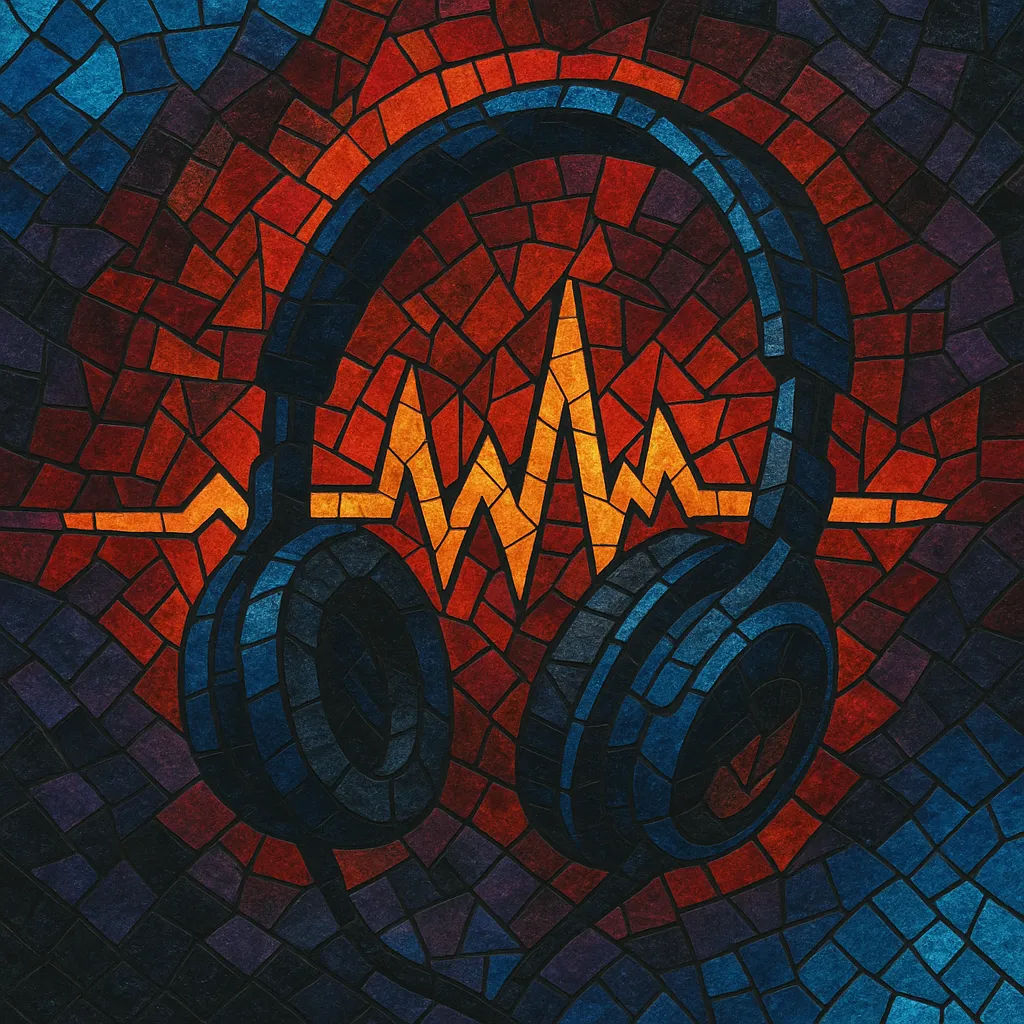Electro house is a high-energy branch of house music characterized by distorted, buzzing bass leads, crisp four‑on‑the‑floor drums, and dramatic, festival-ready drops.
It typically runs around 125–130 BPM, favoring aggressive, sawtooth-based synth timbres, heavy sidechain compression, and big, riff-like hooks over lush chord progressions.
Production emphasizes powerful low-end, gritty midrange textures, noise sweeps and risers, and tightly structured builds and breakdowns that set up explosive drops.
While rooted in house and electro traditions, its sound design borrows from techno’s intensity and big beat’s punch, resulting in a bold, modern, and club-focused aesthetic.
Electro house emerged in the early 2000s as producers fused the four-on-the-floor framework of house with the grit and machine-funk of electro. Early European hits—especially from Italy and France—pushed the style’s signature distorted bass and percussive leads into clubs and charts, setting it apart from the smoother textures of French house and the retro affect of electroclash.
By the mid-to-late 2000s, labels and artists across Europe and North America shaped the sound with hard-edged synths, heavy sidechain compression, and big-room arrangements. Tracks with memorable, riff-like leads and dramatic builds defined club sets, while a wave of producers refined the punchy, 128 BPM template that became the genre’s default.
In the early 2010s, electro house became a pillar of mainstream EDM. Its drop-centric writing and bright, aggressive sound design translated perfectly to large festival stages, directly influencing Dutch house, big room house, complextro, Melbourne bounce, and even crossover strains of trap-EDM. The style’s sonic DNA—distorted bass hooks, white-noise risers, and emphatic drum fills—became a common language across dance-pop and festival-oriented electronic music.
Although the broader EDM landscape diversified, electro house’s core techniques remain ubiquitous: sidechained bass leads, tight four-on-the-floor drums, 8–16 bar build-and-drop phrasing, and a focus on sound design as the hook. Its innovations continue to inform modern club and festival styles, from bass house to future house and moombahton.


